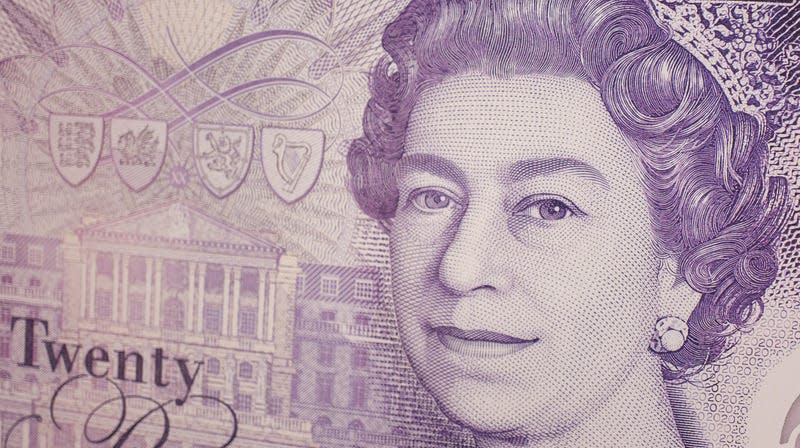The world’s biggest banknote printer said the demand for cash hit a two-decade low

The use of cash continues to decline globally.
A banknote maker whose business was hit by the pandemic continues to see tough times ahead.
British banknote maker De La Rue has warned that its profits will miss forecast expectations, as demand for cash has fallen to its weakest level in two decades. The alert sent shares of the 202-year-old company, which designs a third of banknotes globally, down more than 20% on the London Stock Exchange today (Apr. 12).
Read more
The meat industry blocked the IPCC’s attempt to recommend a plant-based diet
How GM got 5,000 workers to leave their jobs within a month without a single layoff
After stockpiling huge amounts of cash during the pandemic, central banks are delaying putting in new orders even with stocks depleted, the company said. The drop in demand for notes may signal an early sign of an economic downturn if banks are cutting back on lending and consumers are pulling back on spending. De La Rue is looking to talk to lenders about amending its own banking terms to deal with the current higher interest rate environment.
De La Rue’s warning about its business comes as consumers’ use of cash continue to decline. Globally, cash made up 16% of point-of-sales transaction value (the price paid for the good or service) in 2022, down from 27% in 2018, according to data from Fidelity National Services, which provides financial services. By 2026, cash’s share of global point-of-sales is expected to fall less than 10%.
De La Rue, which is printing new banknotes featuring King Charles III that are expected to be in circulation next year, also supplies tax stamps, bank checks, and ID security components.
The company was already under pressure last January, when activist investors called for the board to break up the company, according to the Financial Times. One of the largest shareholders in the company, Crystal Amber, criticized De La Rue’s management strategy and urged the board to reduce further contributions to its pension scheme.
Charted: De La Rue’s stock price has plunged in the past four years
The use of cash declined during the pandemic
Cash declined during the first year of covid-19, as governments in emerging economies continue to promote financial inclusion via access to digital payments and consumers move towards digital payments, according to the Fidelity National Services report. It’s also becoming cheaper and easier for businesses to accept mobile payments via QR codes, the report found.
More broadly, De La Rue’s decline in profits also illustrates the world’s ambivalent relationship with cash, which is no longer king, but remains essential. One of the biggest challenges to card or digital payments is that they do not provide privacy, so people will turn to physical money whenever looking for anonymity. Cash also remains the go-to type of currency at times of crisis, such as conflicts or natural disasters, that impair the working of the digital payment infrastructure.
More from Quartz
Sign up for Quartz's Newsletter. For the latest news, Facebook, Twitter and Instagram.
